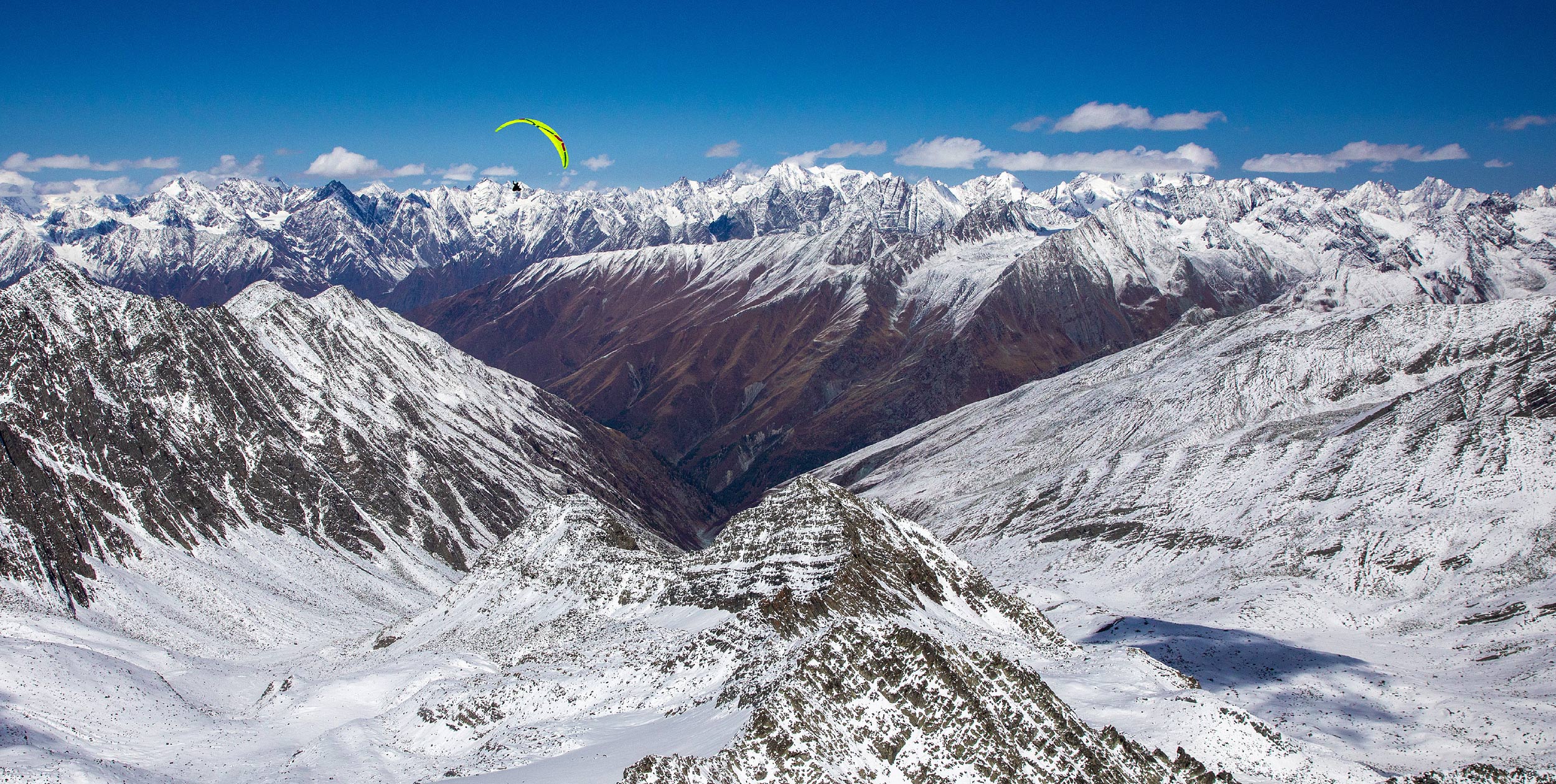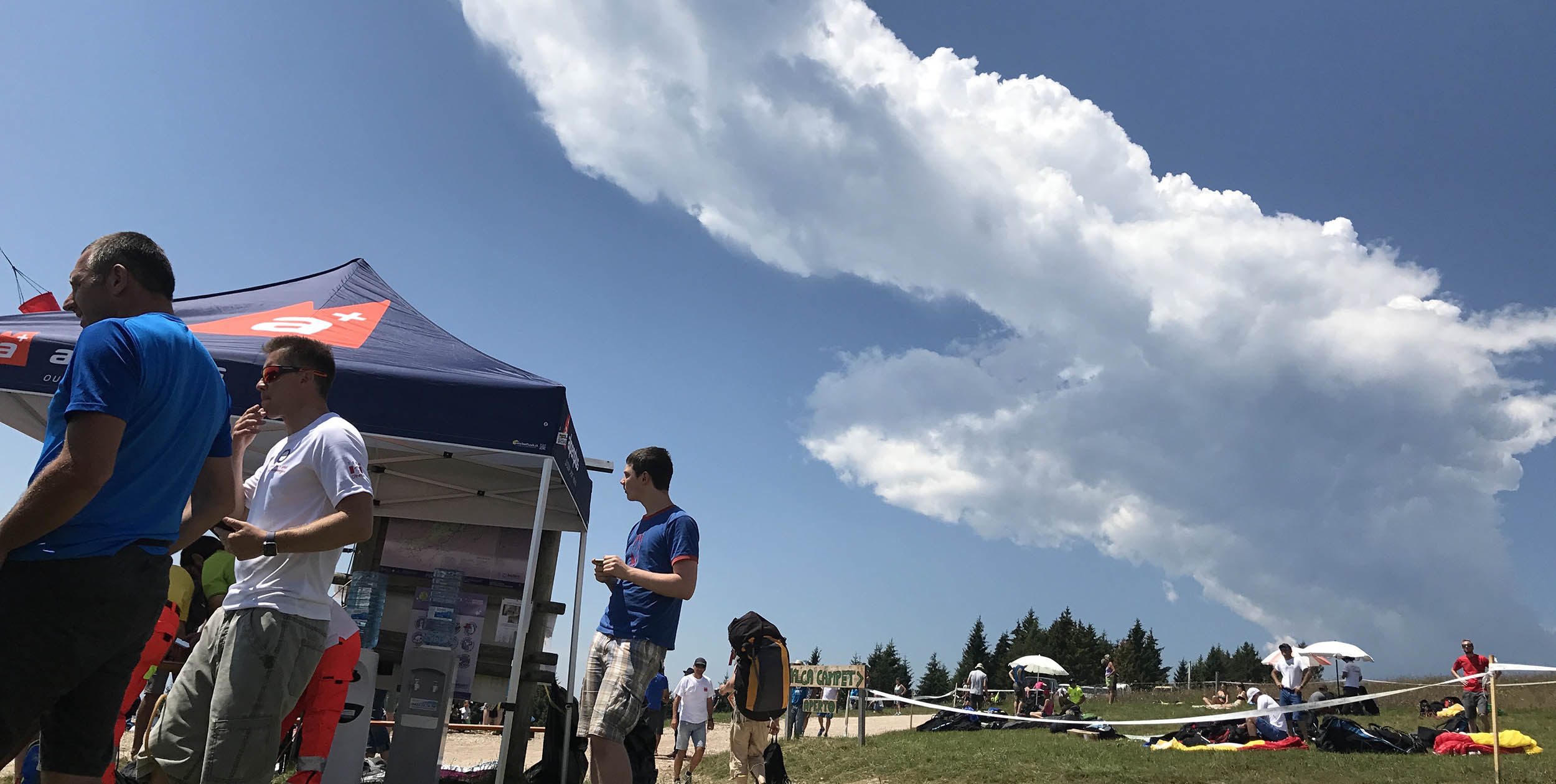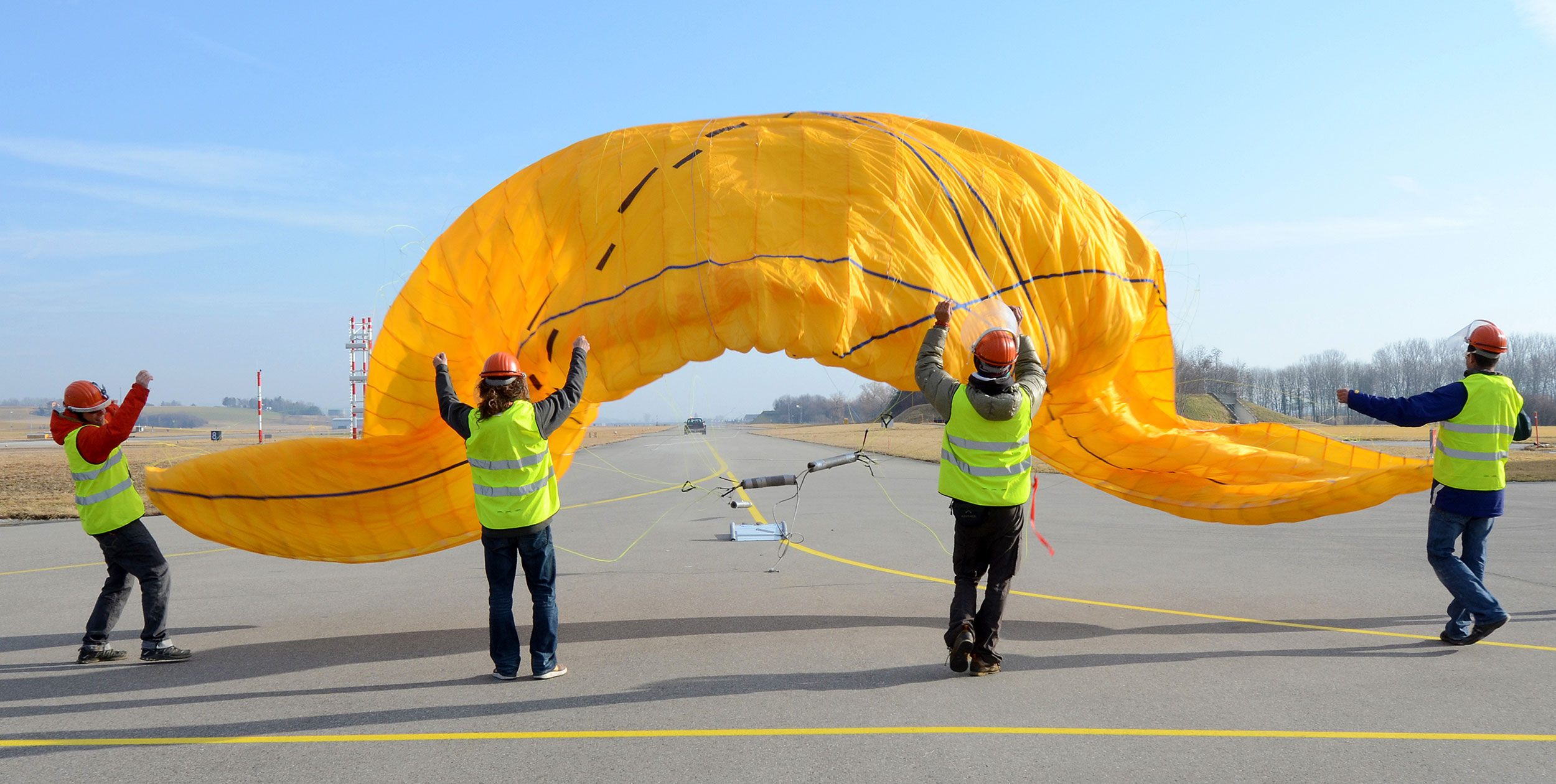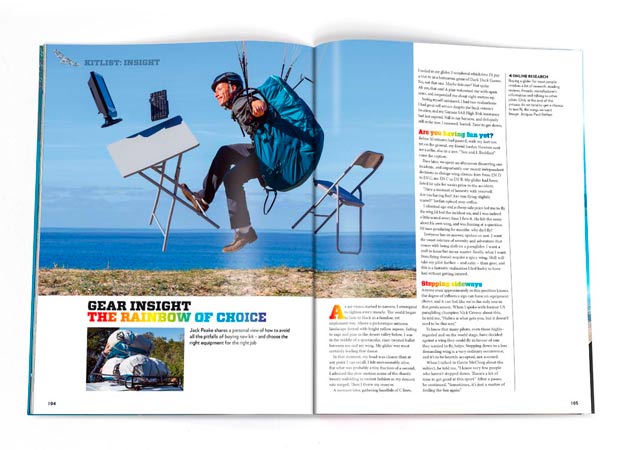
How to handle collapses. Words by Bob Drury, photos by Rainer Scheltdorf
LET’S FACE IT
The first time your risers go slack, and your leading edge lurches down towards you and tries to slap you in the face like some lumbering drunk in a bar brawl your heart will have almost certainly missed a beat, if not jumped out of your chest.
Suddenly your best friend, the mate who keeps you safe and looks after you in the rough stuff, is having a pop at you. You’re shocked, possibly scared and maybe even a little freaked out. It can be one of the most terrifying moments of your life, yet one you are going to have to get used to because, like it or lump it, paragliders collapse.
To pilots of just about every other type of aircraft a collapse is a serious and unacceptable malfunction of the very equipment that they are relying on to keep themselves alive.
Yet to the experienced paraglider pilot they soon become nothing more than a skid of the back wheel of your push bike, or caught edge on skis; and just like catching an edge, the better you get the less you do it.
A paraglider pilot in Israel suffers a big collapse just after take off. Dramatic, but the pilot was ok. Video: GPT
NEVER SIT STILL
“Paragliders don’t collapse,” is Bruce Goldsmith’s opinion, “We let them collapse.” At first it seems like a bold statement but when you look deeper he is completely right.
Active piloting is the main form of defence against collapses. When you’re thermalling this is easy as your hands are already following the pressure in the wing to understand the information the glider is sending you through the control lines.
Your hands should be continually following the pressure in the sail and kneading and manipulating the sail to keep the pressure high. As a down draught hits the leading edge, pushing it downwards and unloading the wing, you should sense the drop off in pressure through the brakes.
As you feel that drop off in pressure your hand should instinctively plummet, pulling the brake line down with it. In doing so you radically increase the angle of attack in the wing for an instant, stop the angle going negative, which prevent the paraglider from collapsing, then immediately lift your hands back up to avoid stalling.
It all sounds so simple and provided you do it properly you can intercept the majority of collapses through active piloting. However doing it properly is a not as easy as it seems.
For a starter in your early days of flying you are unfamiliar with the sensations the wing is sending you, the continual changing in pressure in your hands is more like a canoeist might feel through their paddles than even a hang glider might feel through their control bar.
For more tips on dealing with collapses check out the complete article in Issue 107
• Got news? Send it to us at news@xccontent.local
Subscribe to the world’s favourite hang gliding and paragliding magazine







